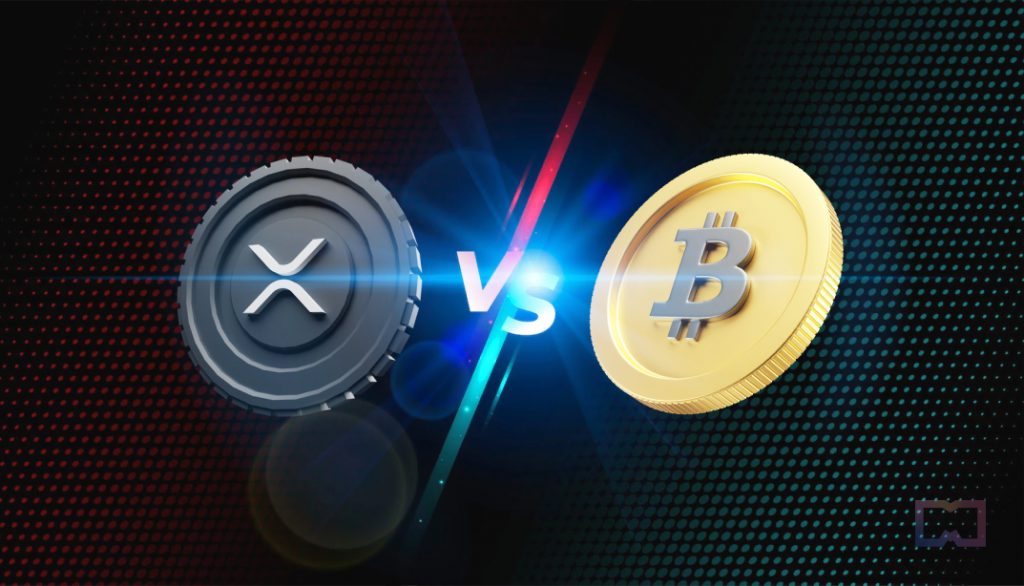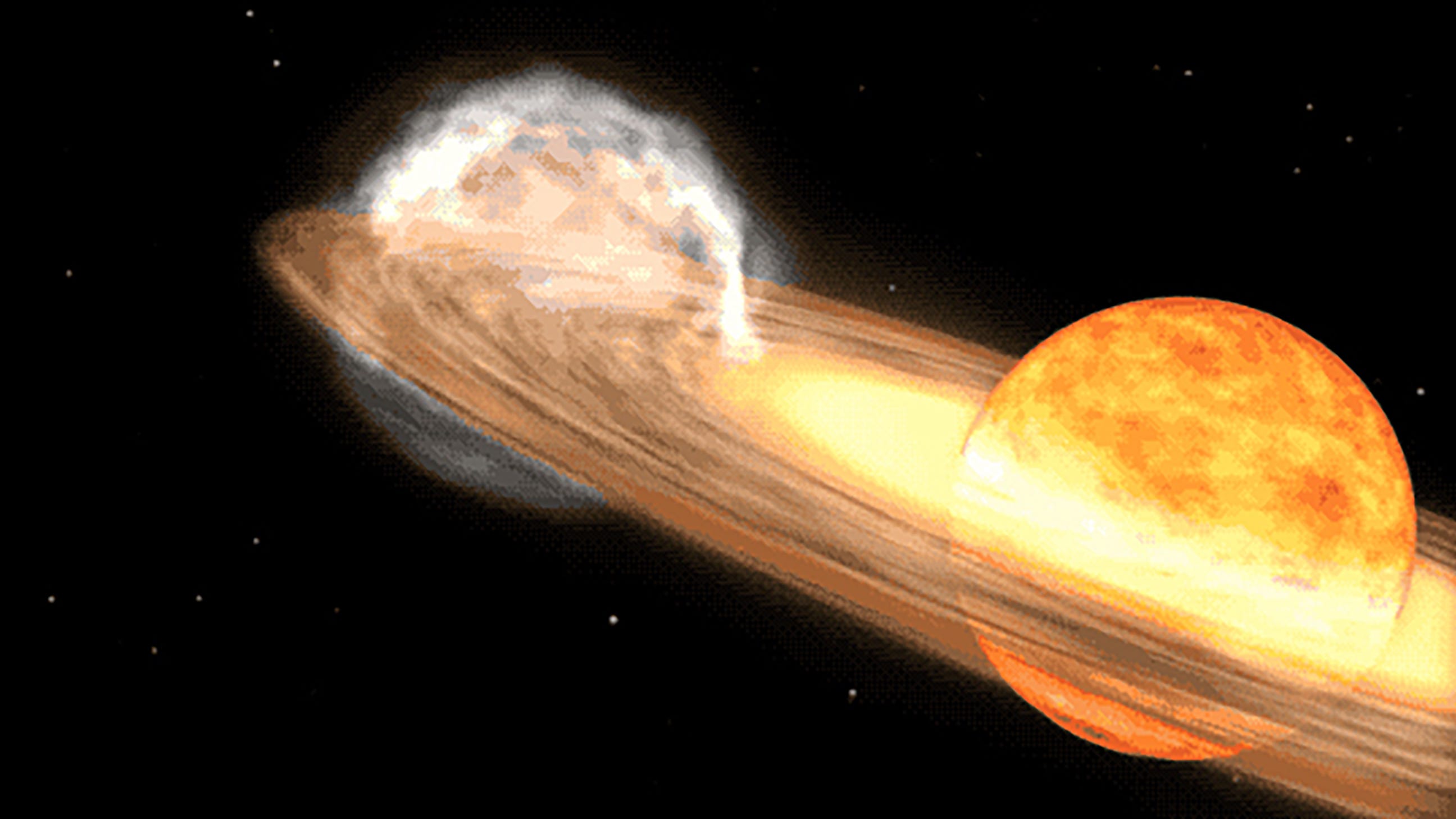Navigating The Complexities Of Nuclear Litigation: A Comprehensive Overview

Table of Contents
Understanding the Unique Legal Landscape of Nuclear Litigation
Nuclear litigation differs significantly from other areas of law due to its specialized regulatory environment, strict liability principles, and the crucial role of expert witnesses.
The Regulatory Framework
The legal landscape of nuclear litigation is governed by a complex interplay of national and international regulations. Understanding this framework is paramount for navigating nuclear energy law cases.
- Price-Anderson Act (US): This act establishes a system of liability and indemnity for nuclear incidents in the United States.
- International Atomic Energy Agency (IAEA) Conventions: The IAEA sets international safety standards and conventions influencing national regulations and impacting cross-border nuclear litigation.
- National Regulatory Bodies: Agencies like the Nuclear Regulatory Commission (NRC) in the US play a crucial role in overseeing nuclear operations and influencing the legal proceedings following incidents.
These regulations significantly influence the process of filing claims, defining the types of damages recoverable, and establishing the burden of proof for plaintiffs. For example, the specific requirements for demonstrating causation in radiation exposure cases vary significantly between jurisdictions.
Strict Liability and its Implications
Nuclear litigation often involves the principle of strict liability, meaning that operators can be held liable for damages caused by nuclear incidents regardless of fault. This significantly alters the burden of proof compared to traditional negligence claims.
- Examples: Cases involving reactor accidents or radioactive waste disposal often invoke strict liability principles.
- Impact on Burden of Proof: Plaintiffs primarily need to demonstrate causation—that the nuclear activity directly caused the harm—rather than proving negligence on the part of the operator.
However, proving causation in nuclear accident cases remains extremely challenging due to the complex nature of radiation exposure and its long-term health effects. The need for robust scientific evidence and expert testimony becomes critical in overcoming this hurdle.
The Role of Expert Witnesses
Expert witnesses are indispensable in nuclear litigation. Their specialized knowledge is crucial for establishing causation, quantifying damages, and navigating the complex scientific and technical aspects of the case.
- Types of Experts: Radiation physicists, epidemiologists, toxicologists, and nuclear engineers are commonly involved.
- Challenges in Obtaining and Qualifying Experts: Finding qualified experts who can effectively communicate complex scientific concepts to a jury is a significant challenge.
The credibility and expertise of these witnesses heavily influence the outcome of the case. Strong expert evidence is critical for establishing a clear link between the nuclear activity and the alleged harm, whether it’s radiation sickness, property damage, or environmental contamination.
Key Stages and Challenges in Nuclear Litigation
Navigating the various stages of nuclear litigation presents unique obstacles that require careful planning and legal expertise.
Filing a Claim
Initiating a nuclear litigation case involves several critical steps:
- Identifying the Proper Defendant(s): This can be complex, particularly in cases involving multiple parties and international jurisdictions.
- Establishing Jurisdiction: Determining which court has jurisdiction over the case can be challenging, especially in cross-border disputes.
- Documentation: Compiling comprehensive documentation of the incident, damages, and relevant regulations is crucial.
The timelines and procedural hurdles associated with filing claims in nuclear cases are often stringent and require meticulous attention to detail.
Discovery and Evidence Gathering
The discovery phase in nuclear litigation is particularly demanding, involving access to sensitive information and complex scientific data.
- Methods of Discovery: Depositions, interrogatories, and document requests are used to gather evidence.
- Challenges: Accessing and interpreting complex scientific and technical data, along with potentially sensitive operational records, can be extremely challenging.
Protective orders are frequently implemented to safeguard confidential information while allowing for fair and efficient discovery.
Trial and Settlement Negotiations
Preparing for trial and negotiating settlements in nuclear litigation involve high stakes and complex strategies.
- Settlement Options: Settlements can involve financial compensation, remediation efforts, or a combination of both.
- Factors Affecting Settlement Value: The severity of the damages, the strength of the evidence, and the potential cost of litigation all influence settlement negotiations.
- Trial vs. Settlement: The decision to proceed to trial or pursue a settlement involves a careful evaluation of risks and potential outcomes.
Mediation and arbitration are often employed to facilitate settlement negotiations and resolve disputes outside of formal court proceedings.
Emerging Trends and Future Considerations in Nuclear Litigation
The field of nuclear litigation is constantly evolving, influenced by advancements in technology and growing awareness of environmental concerns.
The Growing Importance of Environmental Concerns
Environmental damage resulting from nuclear activities is gaining increased attention in litigation.
- Environmental Claims: Claims related to radioactive contamination of soil, water, and air are becoming more common.
- Assessing Environmental Damage: Determining the long-term environmental impacts and quantifying the associated damages are significant challenges.
Proving a direct causal link between nuclear operations and environmental harm requires robust scientific evidence and expertise in environmental remediation and assessment.
The Impact of Technological Advancements
Technological advancements are reshaping the landscape of nuclear litigation.
- New Sources of Evidence: Advanced monitoring systems and AI-driven analysis can provide new sources of evidence.
- Impact on Expert Testimony: New technologies can influence the nature and scope of expert testimony.
These technologies have the potential to improve the accuracy and efficiency of evidence gathering, contributing to a more informed and just resolution of disputes.
International Cooperation and Harmonization
Greater international cooperation and harmonization of nuclear liability rules are vital due to the transnational nature of many nuclear incidents.
- Frameworks for Cooperation: International agreements and collaborative efforts are crucial for establishing consistent standards.
- Challenges in Achieving Harmonization: Differences in national legal systems and regulatory frameworks pose significant challenges.
Consistent standards for resolving cross-border nuclear disputes are essential for ensuring fair and efficient outcomes in international nuclear litigation.
Conclusion
Navigating the complexities of nuclear litigation requires specialized legal expertise and a deep understanding of the unique regulatory framework, scientific principles, and procedural challenges involved. This article has highlighted the key aspects of nuclear litigation, from the intricacies of strict liability to the growing importance of environmental concerns and the impact of technological advancements. Understanding the role of expert witnesses, the complexities of evidence gathering, and the strategies involved in trial and settlement negotiations are crucial for successfully navigating these challenging cases. If you are facing issues related to nuclear litigation, including nuclear accident claims or nuclear energy law cases, seeking expert legal counsel is strongly recommended. Contact us today for assistance.

Featured Posts
-
 Us Secs Xrp Commodity Consideration Analysis Of Ripple Settlement Discussions
May 01, 2025
Us Secs Xrp Commodity Consideration Analysis Of Ripple Settlement Discussions
May 01, 2025 -
 What Is Xrp And How Does It Differ From Bitcoin
May 01, 2025
What Is Xrp And How Does It Differ From Bitcoin
May 01, 2025 -
 Dallas Star Dies At 100
May 01, 2025
Dallas Star Dies At 100
May 01, 2025 -
 Understanding The Dragons Den Investment Process
May 01, 2025
Understanding The Dragons Den Investment Process
May 01, 2025 -
 Retailers Warn Temporary Reprieve From Tariff Price Hikes
May 01, 2025
Retailers Warn Temporary Reprieve From Tariff Price Hikes
May 01, 2025
Latest Posts
-
 Los Angeles Wildfires A New Frontier For Disaster Related Gambling
May 01, 2025
Los Angeles Wildfires A New Frontier For Disaster Related Gambling
May 01, 2025 -
 La Landlord Price Gouging After Fires A Selling Sunset Star Speaks Out
May 01, 2025
La Landlord Price Gouging After Fires A Selling Sunset Star Speaks Out
May 01, 2025 -
 Are Bmw And Porsche Losing Ground In China A Look At Market Trends And Challenges
May 01, 2025
Are Bmw And Porsche Losing Ground In China A Look At Market Trends And Challenges
May 01, 2025 -
 Selling Sunsets Stars Name Condemns Post Fire Price Gouging In La
May 01, 2025
Selling Sunsets Stars Name Condemns Post Fire Price Gouging In La
May 01, 2025 -
 The China Factor Why Luxury Automakers Like Bmw And Porsche Are Facing Difficulties
May 01, 2025
The China Factor Why Luxury Automakers Like Bmw And Porsche Are Facing Difficulties
May 01, 2025
